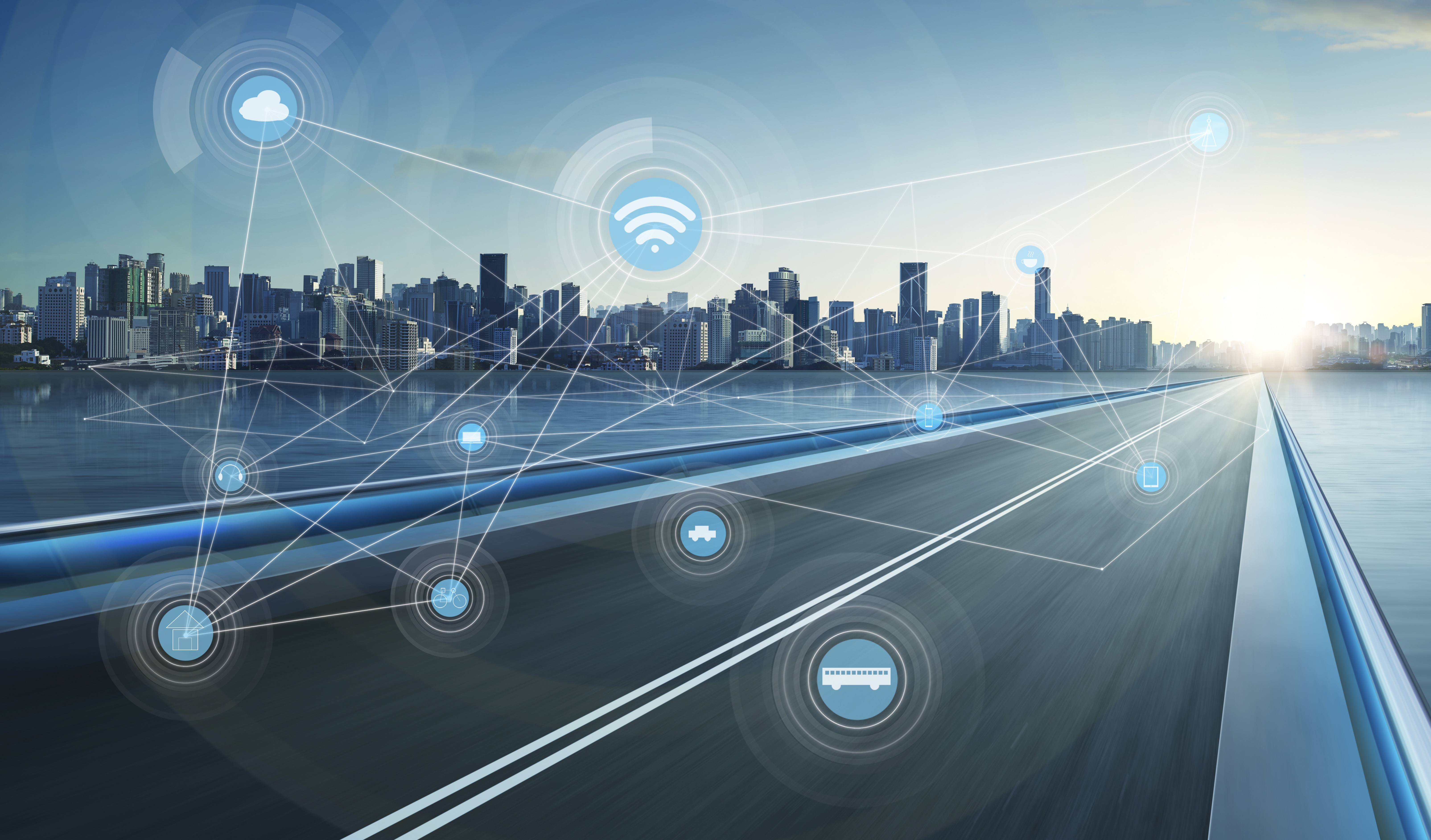
We have all seen aspects of a “Smart City” in our daily lives. These connections drive content to our devices faster than ever, enriching our lives with content that our predecessors could not even imagine. Whether you are parking your car and can visually see the number of available spaces, the level they are on, or simply able to see a map of nearby attractions, make a reservation and get turn by turn directions, the boundaries get pushed every day. Our infrastructure needs to develop as fast and faster than technology to keep pace with our obsession and dependency for content. Content that helps us improve our experience, personally and professionally.
Smart Cities that include Smart Offices, or Smart Environments are developing as well. Our content focused lives are driven by how much and how many. We are more connected today and the change is dynamic. The wireless connectivity world is developing quickly due to the demand for content. Gigabit Wireless Wi-Fi and Cellular 5G applications will continue to expand into our lives, delivering a content-rich environment that improves our personal experience is only the beginning.
Business metrics are also affected by these changes in our Smart Environments. Driving factors include improving our bottom line, reducing our costs, and, most importantly, improving our customer’s experience. All possible through content rich-intelligence with Internet of Things (IoT), Real-Time Location Services (RTLS), and broadband wireless and feature-rich, fiber optic applications. With the advancements of Wi-Fi and 5G offerings, the product offerings to support the growing requirements must be dynamic and scalable. Current products are available to facilitate keeping our networks, personal and professional on the cutting edge of bandwidth development. Cellular operators and enterprise network partners are responding to this growth with robust product development.
The bandwidth needs have also been apparent in developing technologies that not only enrich our lives and business, but also our safety and convenience. Applications for traffic monitoring, threat detection, and public safety are all examples of bandwidth utilization on wired and wireless infrastructure. Smart Environments are now part of our everyday lives.
Contact us and find out how to stay connected in a Smart Environment.